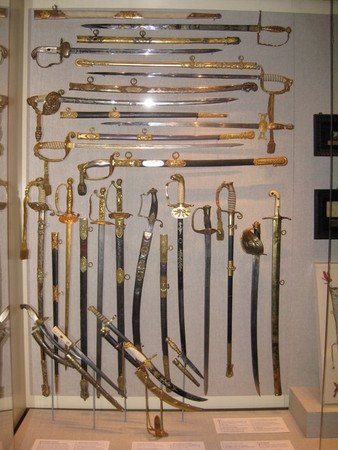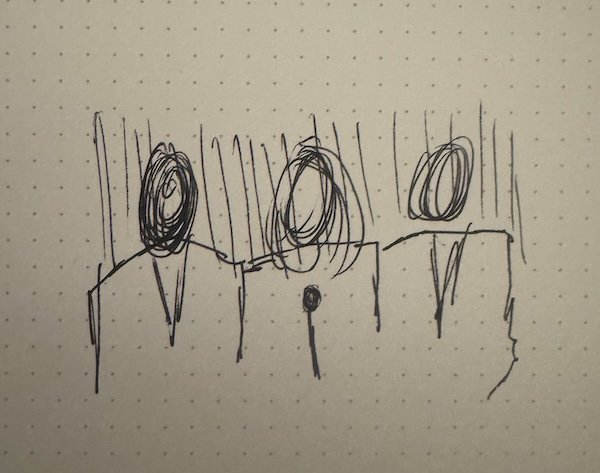In & Out
/This is a small bit of equivocal language that can work in a number of situations, but I’ll describe how you might use it with a marked deck and a force.
Give the deck to your friend and have them shuffle it up.
When they’re done, get a look at the markings on the top card.
“Okay, before we do anything, I’m going to write something down.”
“Before we do anything” isn’t technically true. They shuffled the cards. But you’ll never be called on that. Shuffling the cards at the start doesn’t feel like part of the effect any more than setting the table feels like part of dinner.
It’s at this time you set-up your premise and you write your prediction. (Hopefully your premise is something more interesting than, “I’m going to predict what card you’ll end up with.”) I like to give them what I wrote and have them put it in their pocket.
Tell them to pick up the deck.
“I want you to deal the cards at random into two piles. One here.” You point to a place that’s in front of them, but just slightly off to the side.
“And one here.”
You point to a place that’s between you two on the table.
“Deal randomly, don’t just deal back and forth. Just place each card wherever feels right.”
Your friend will start dealing and one of two things will happen.
They deal the first card to themselves.
“Yeah, keep going through the whole deck. We’ll use whatever cards you keep for yourself. [Gesture to the pile in front of them.] And get rid of the rest.”
They deal the first card to the middle of the table.
“Yeah, keep going through the whole deck. We’ll only use the cards you put in play. [Gesture to the pile in the middle of the table.}
That’s the little verbal deception.
They’re either keeping cards for themselves. Or they're putting cards “in play” between the two of you. Both interpretations feel perfectly natural.
Slide the unneeded pile out of the way (or have them do it if it’s the one closest to them). Have them take the pile you’re working with and do the cross-cut force.
Recap for them.
“Remember the first thing we did was I wrote something down and you put that in your pocket and I haven’t gotten near it. Then you decided at random which cards you wanted to keep. [Or, “Then you decided at random which cards to put in play.”] At this point, what I wrote down may be completely wrong depending on what cards you kept for your self [Or, “Depending on what cards you chose to put in play.”] If it references any of these cards [turn over the unused pile] I was doomed before we even started.”
This process is related to a technique I wrote about in my second book and a chapter in the upcoming book as well. When you slow down a force and add more stages to it, then there are seemingly more failure points for you along the way. It’s not just, “How could he know I would cut to that card.” It’s also, “How could he know that card would even be in that pile to begin with.” We’re compounding the things you seemingly couldn’t know.
The key here is to not use any words to describe the piles at first. Don’t say, “Deal a pile in front of yourself and one in the middle of the table.” You don’t want them interpreting what these piles might me. “Ah, a pile in front of myself. That must mean it’s my pile.” Instead, you just point. “Deal a pile here and here.”
Once they’ve dealt just one card, you can immediately start using language that defines the piles.
If you want, you can also have them shuffle part way through their dealing.
Here we’re combining the deceptions of a marked deck, a subtle equivocal statement, and a cross-cut force. Piling these on top of each other makes it very difficult to unravel.











